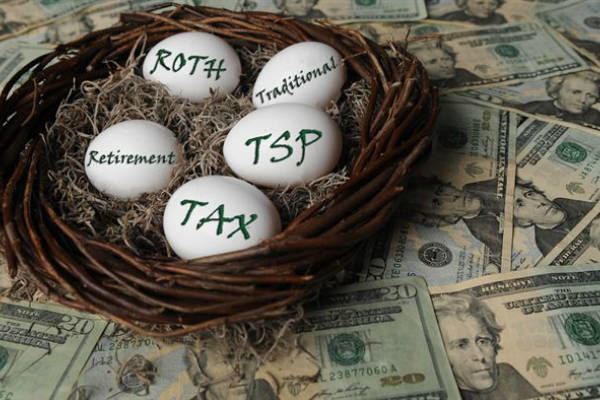If you contribute to the Thrift Savings Plan (TSP), a company-sponsored 401(k) retirement plan, or your own Individual Retirement Account (IRA), you should be happy to know that the IRS has announced you will be able to increase your maximum tax-deductible contributions in 2019.
The TSP is a government-sponsored 401(k) retirement plan.
If you have the TSP or another 401(k) retirement plan, your maximum allowable contribution will increase from $18,500 to $19,000 in 2019. If you are are 50 or older, you can contribute an additional $6,000 each year in what is known as a "catch-up contribution".
If you have an IRA, your maximum contribution will increase from $5,500 to $6,000 — the first time the cap on IRA contributions has been raised since 2013. The annual catch-up contribution for savers age 50 and over will remain at $1,000.
If you aren't socking away money towards retirement into one of these retirement accounts you are losing out big time.
Most active-duty personnel can contribute to the TSP. You are allowed to contribute any amount of your base pay, incentive pay, special pay, and any bonuses or other one-time special pays. If you are enrolled in the Blended Retirement System, the government will match up to 5 percent of your basic pay.
Even if you aren't eligible for matching contributions from the military, the tax benefits of an IRA or 401(k) are great.
With a traditional IRA or 401(k) you don't pay taxes on the money you contribute now, you do pay taxes on the money you contribute when you start withdrawing it at retirement, however all the interest you earn is tax free.
There is also a type of retirement fund known as a "Roth" IRA or 401(k), these retirement accounts require you to pay taxes on your contributions now, however when you withdraw money after retirement it is all tax-free (both your contributions and the interest). Getting tax-free income is a pretty good deal, especially when you are talking about possibly hundreds of thousands of dollars.
Whichever retirement account you decide to put your money into is your choice, but the best thing you can do is put as much as you can into a retirement fund as early as you can.
Remember to "pay yourself first", don't count on social security to be there. It's always better to have too much cash than not enough.










